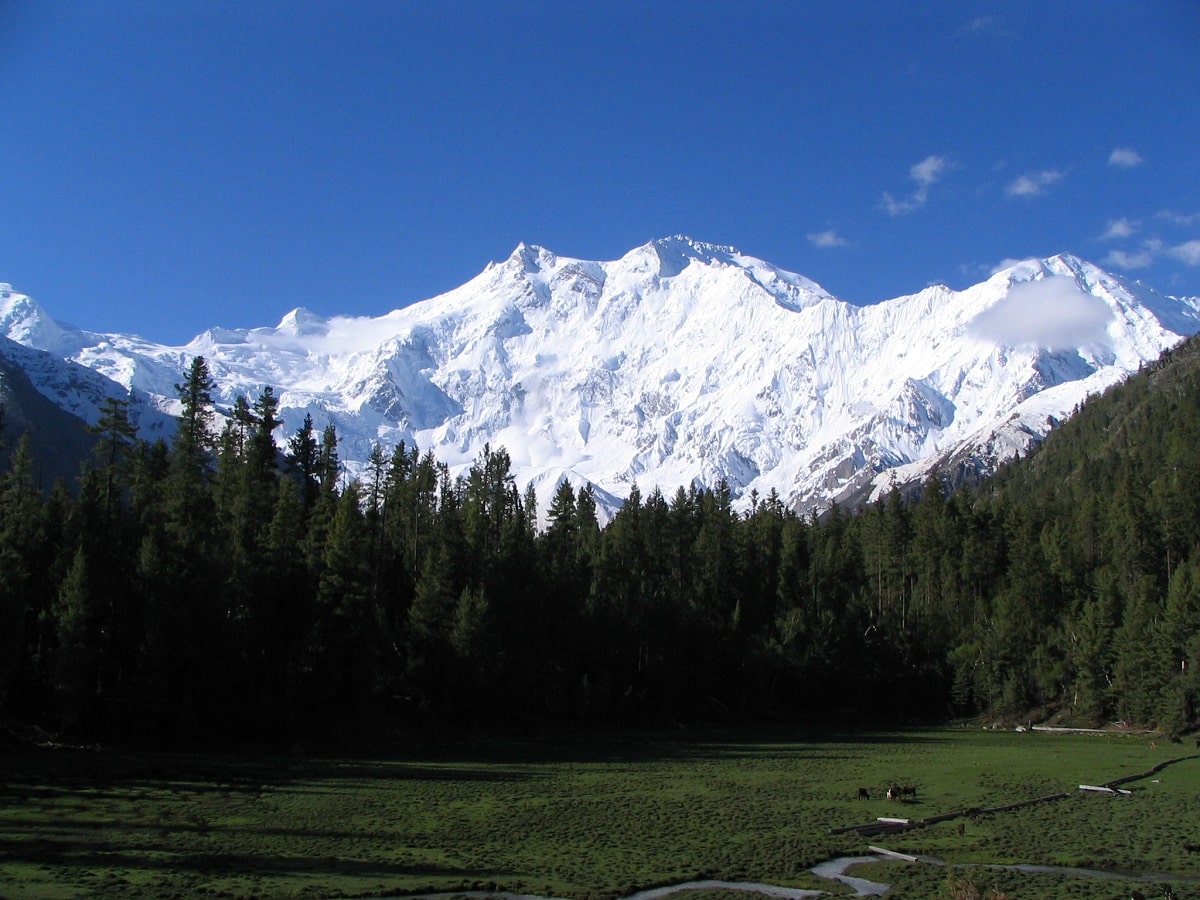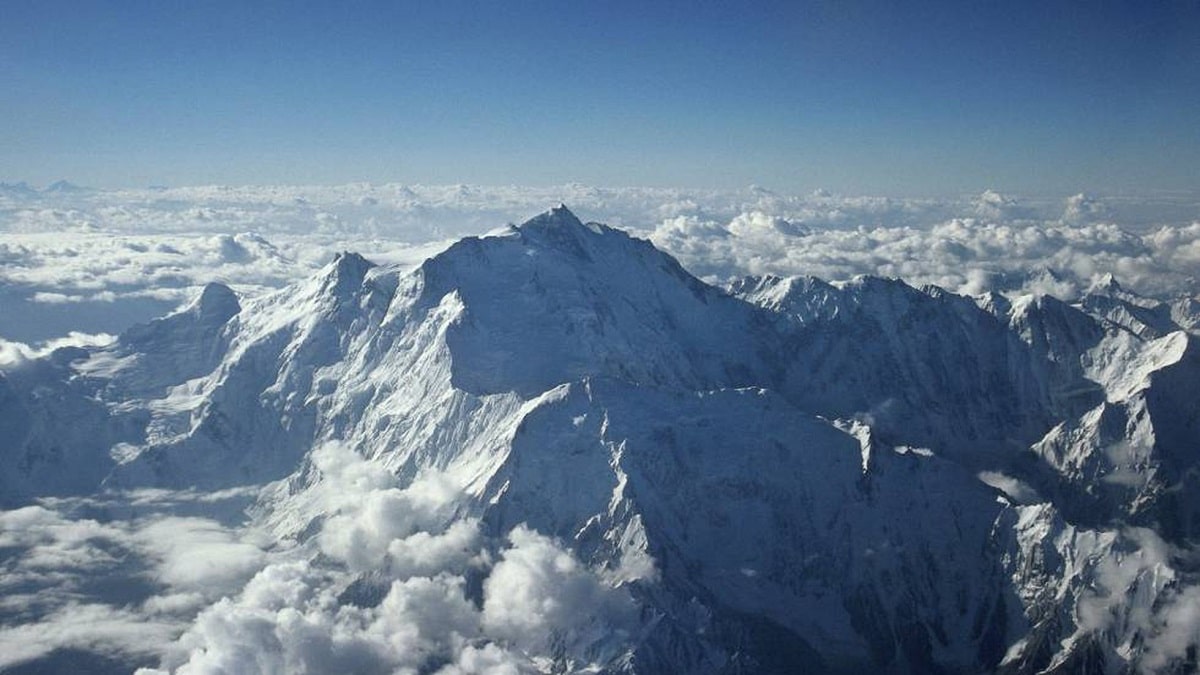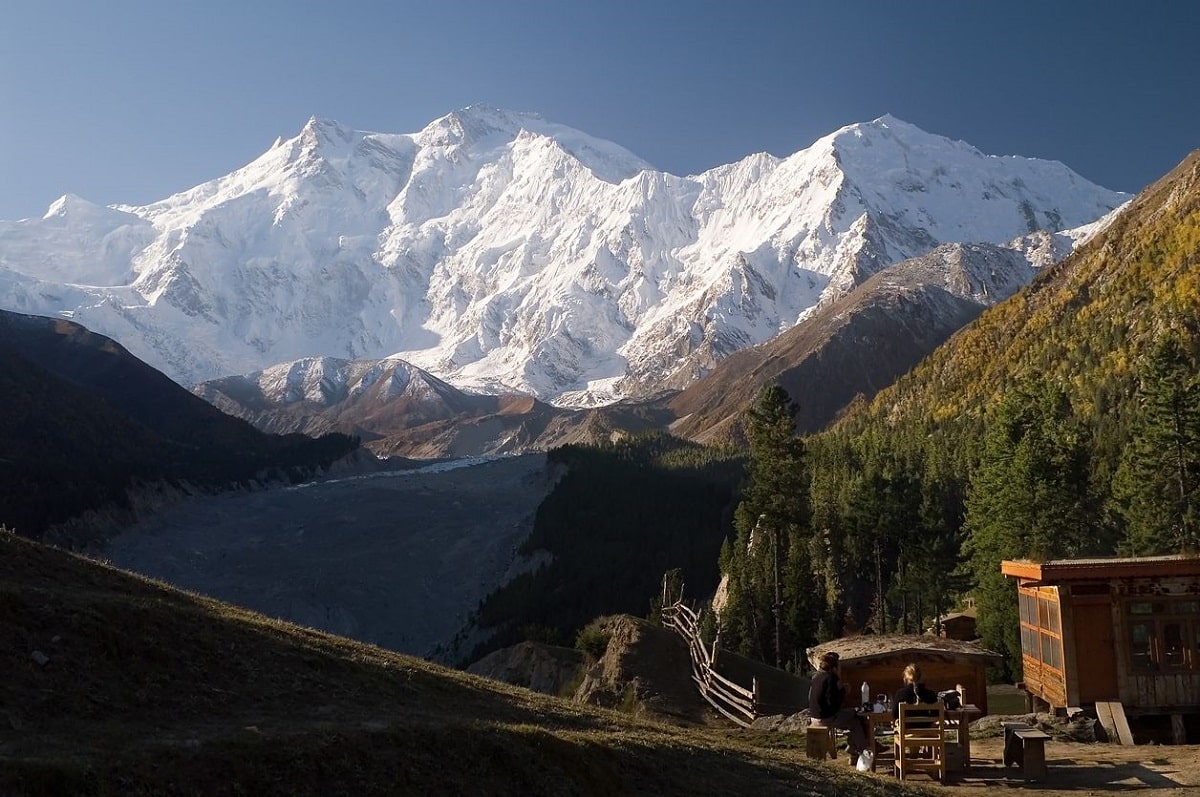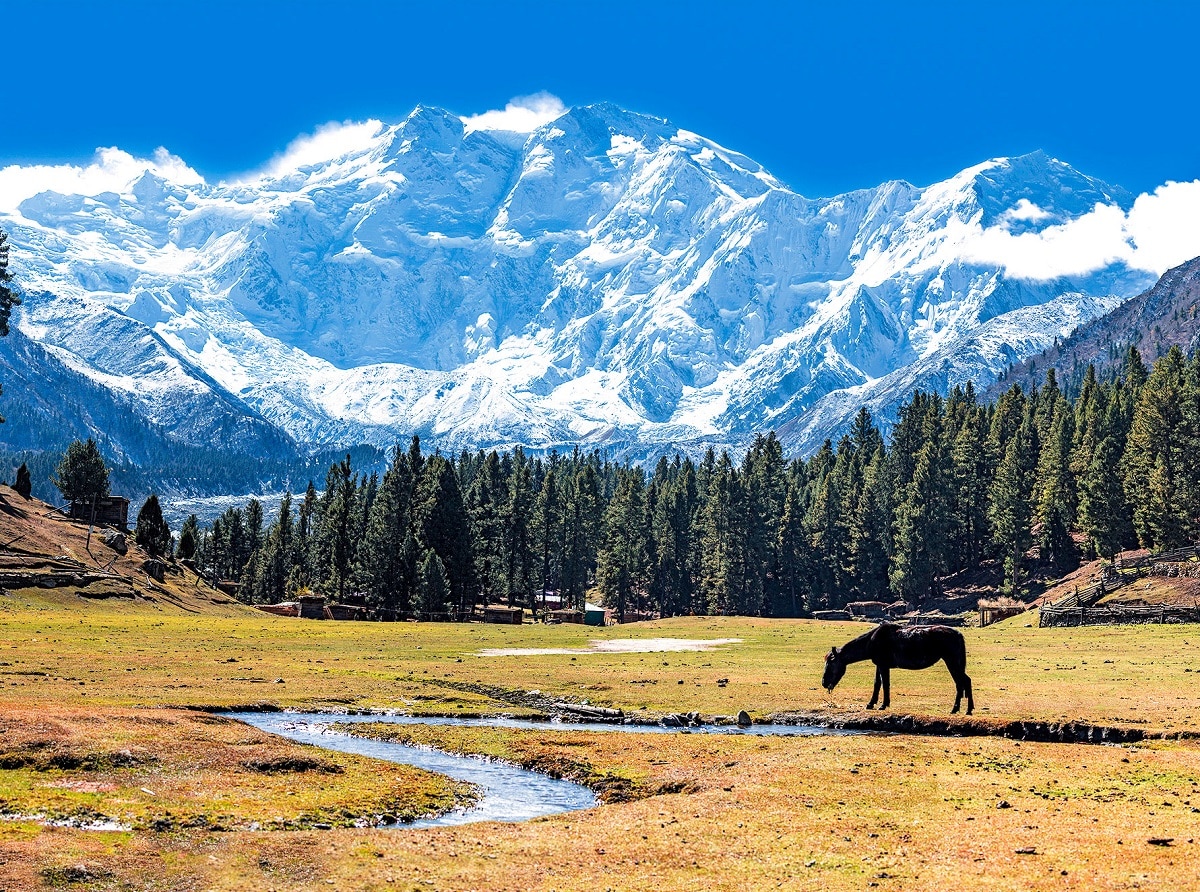
Nanga Parbat It is one of the most impressive mountains in the world, located in the Himalayas in Pakistan. With a height of 8.126 meters above sea level, it is the ninth highest mountain in the world and is known as "the killer mountain" due to the danger of climbing alone.
In this article we are going to tell you everything you need to know about the mountain in Nanga Parbat, its characteristics, origin and much more.
Key features

In addition to being tall and dangerous, Nanga Parbat has other characteristics that make it unique. One of them is its famous relief. The mountain is in the shape of a huge pyramid rising from the verdant valleys of Karakoram, making it easily identifiable from a distance. Besides, It has numerous climbing routes with different levels of difficulty.
Another notable feature of Nanga Parbat is its extreme weather. Due to its location in a remote region, these mountains are in an area with a very harsh climate. Climbers must deal with very low temperatures, strong winds, and frequent avalanches, which make the climb even more difficult.
Nanga Parbat is famous for its stunning natural beauty. From the top, panoramic views of the Himalayas and the Indus Valley can be appreciated. In addition, the mountain has a great diversity of flora and fauna, including endangered species such as the snow leopard and the brown bear that we will analyze later.
killer mountain
Nanga Parbat is known as "the killer mountain" for several reasons. First of all, its top is extremely difficult to reach. The most common route to reach the top is the Mazeno Spur, a very long and complicated route that requires advanced technical skills and a high level of physical endurance.
Also, this mountain has a history of fatal accidents during climbing expeditions. since i know first attempted to climb it in 1895, the mountain has claimed the lives of more than 60 climbers. Among the deadliest accidents was the 1934 German expedition, which killed 10 climbers, including legendary German climber Toni Kurz.
Another reason why it is called "the killer mountain" is because of the extreme weather conditions at the top. Nanga Parbat is in a region with strong winds and extremely low temperatures, making the climb even more dangerous. In addition, avalanches and snowstorms are very common in the area, increasing the risk of accidents.
Nanga Parbat Formation

Nanga Parbat was formed millions of years ago as result of the movement of tectonic plates. Plate tectonics are huge blocks of the earth's crust that move slowly over time. The Indian tectonic plate moved north and collided with the Eurasian plate. This shock caused intense geological activity in the area, including the formation of the Himalayas. It is then that Nanga Parbat rose due to the collision between the two plates, and the lifting process continues to this day, albeit at a very slow rate. It can be said that it is still a growing mountain.
In the composition we find sedimentary and metamorphic rocks that were deposited at the bottom of the sea millions of years ago. As the tectonic plates moved, these rocks were pushed up and folded by geological activity, contributing to the formation of the mountain.
Flora of Nanga Parbat
The flora of Nanga Parbat is very interesting and diverse. At the base of the mountain are pine and spruce forests, as well as grassy and shrubby meadows. As you ascend towards the summit, the vegetation becomes more scarce due to the extreme climatic conditions. Despite this, this mountain is home to some hardy plant species that have managed to adapt to the harsh conditions. Some of these plants include the snow flower, the wild garlic plant, and the golden weed.
The snow flower, as its name suggests, blooms in the snow and is known for its beauty and hardiness. The wild garlic plant, on the other hand, is a plant with white flowers and long, thin leaves that is used in cooking and traditional medicine. Lastly, golden grass is a plant with elongated, golden leaves that grows on rocky slopes and is known for its ability to withstand strong winds and cold temperatures.
Fauna

Although extreme weather conditions limit animal life on the mountain, some species adapted to these conditions can still be found. Among the animals that inhabit Nanga Parbat are foxes, pika, marmots, deer and mountain goats. Foxes are small, cunning animals that feed on small mammals, birds, and fruit. Pika are rabbit-sized rodents that live on rocky slopes and feed on grass and leaves.
Groundhogs, meanwhile, are large rodents that live in burrows and feed on grass and roots. Deer and ibex are larger and feed on grass and leaves and can be seen in the woods and meadows near the mountain. The reason for its larger size is due to the necessary morphology to be able to conserve heat and withstand such cold temperatures.
We can also find some birds, such as the golden eagle and the snowy owl, which have managed to adapt to the extreme conditions of the mountain. The golden eagle is a bird of prey that feeds on small mammals such as rabbits and rodents, while the snowy owl is a nocturnal bird that feeds on small mammals and birds. All these animals have gone through a process of adaptation to the environment that has taken them thousands of years.
I hope that with this information you can know more about Nanga Parbat and its features.